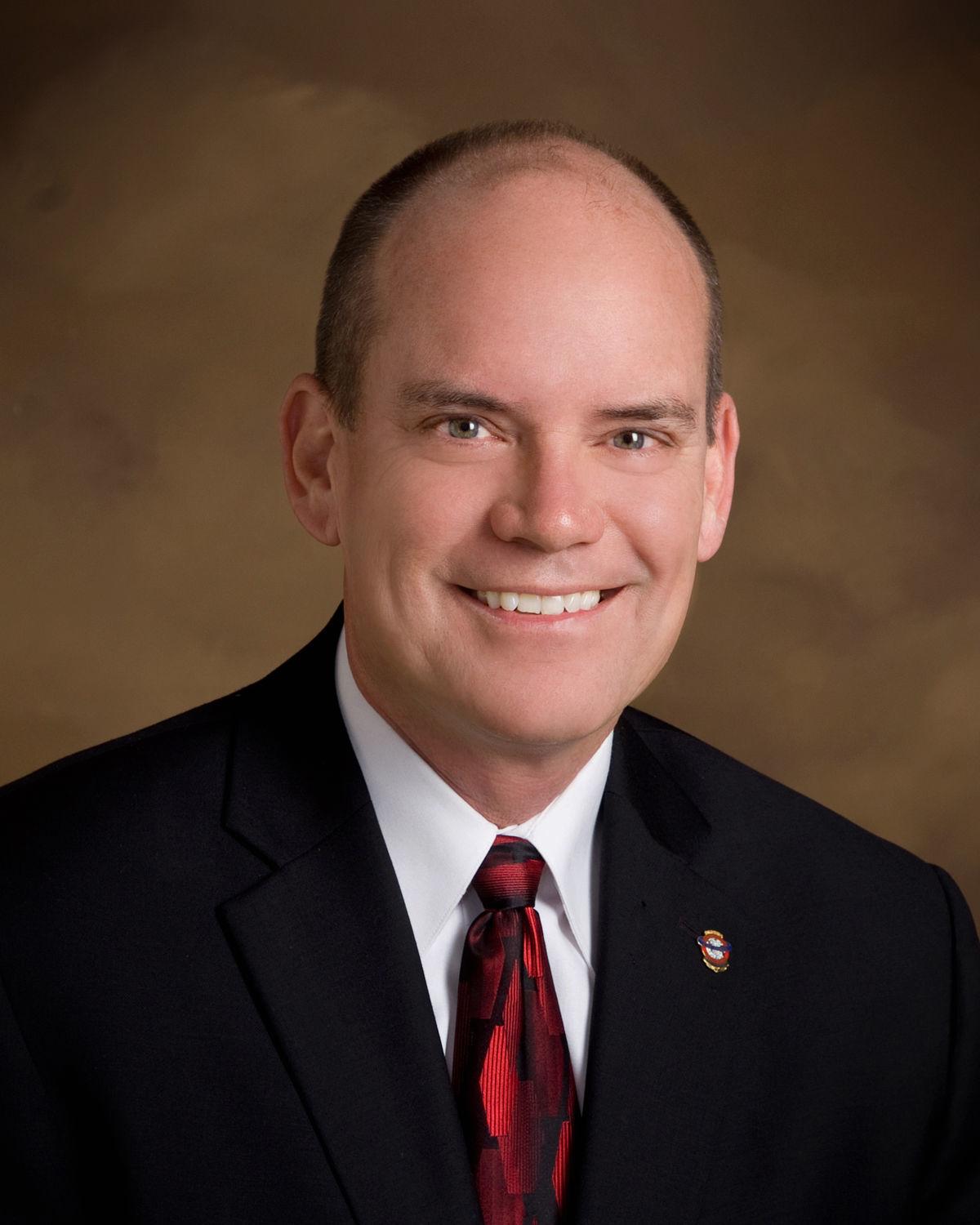From the Chief’s Corner: Corner Interpretation
Posted on April 23, 2019 Question: Which frequencies are required to be included in a Public Safety In-Building Solution? Are law enforcement and other agencies required? Answer in Brief: One must remember that model code language is utilized as the basis for adoption of state and local codes and may be modified to meet the needs of the adopting jurisdiction. Therefore, it is recommended that system designers should not assume that all public safety frequencies available in a jurisdiction are to be required. For example: The current ARCS system utilized by FDNY only requires channels 11 & 12 of the FDNY tactical radio system. Law enforcement and other public safety agencies are not included. The bottom line is that it is vital that designers check with the AHJ assigned to the jurisdiction for a list of all required frequencies for that jurisdiction. In fact, the model codes place a responsibility on the AHJ/fire code official (IFC 510.4.2.2 and NFPA 1221 9.6.10.1) to maintain a document or list that includes all required frequencies for distribution to system designers. As with many business practices, communication and relationships are paramount: Get to know your audience… Detailed Discussion: Let’s begin by identifying the specific language within the applicable code sections and some related definitions. 2018 IFC - Section 510.1: New Buildings shall have approved radio coverage for emergency responders within the building based on the existing coverage levels of the public safety communication systems utilized by the jurisdiction, measured at the exterior of the building. 2018 IFC Section 202 Definitions: 2019 NFPA 1221 3.2.2 One of the key components of both model code documents is that the responsibility for determining exactly which frequencies are required for an in-building public safety solution rests with the person or persons responsible from a jurisdictional standpoint for the enforcement of the adopted fire code. The actual title of the AHJ or fire code official will vary from jurisdiction to jurisdiction. So, for the IFC, take a closer look at Section 510.1, which states: “…for emergency responders within the building based on the existing coverage levels of the public safety communication systems utilized by the jurisdiction.” Focus on the terms “emergency responders” and “public safety communications systems utilized by the jurisdiction.” For NFPA, it is very much the same result. Take a closer look at Section 9.6.10, which states: “…shall be capable of transmitting all radio frequencies, as required by the AHJ assigned to the jurisdiction, and be capable of using any modulation technology in current use by the public safety agencies in the jurisdiction.” Focus on the terms “all radio frequencies” (plural) and “public safety agencies in the jurisdiction” (plural). NFPA 1221 identifies that the public safety radio enhancement system shall be capable of transmitting all radio frequencies, as required by the AHJ assigned to the jurisdiction. The term “all,” of course, is used to refer to the whole amount, quantity, or extent… While model fire codes state systems shall be “capable of transmitting all radio frequencies ... and be capable of using any modulation technology in current use by the public safety agencies in the jurisdiction,” the list of frequencies actually required to be made available inside buildings is determined by and maintained by “the jurisdiction’s AHJ or fire code official.” One must remember that model code language is utilized as the basis for adoption of state and local codes and may be modified to meet the needs of the adopting jurisdiction. Therefore, it is not recommended that system designers assume that all public safety frequencies available in a jurisdiction are to be required. For example: the current ARCS system utilized by FDNY only requires channels 11 & 12 of the FDNY tactical radio system. Law enforcement and other public safety agencies are not included. A new factor within public safety communications that must also be considered within the in-building communications system design is that of FirstNet. In addition to stating that the public safety communications system shall transmit all frequencies, NFPA 1221 9.6.10 states it “shall be capable of using any modulation technology in current use by the public safety agencies in the jurisdiction.” Section 510.4.2 of the IFC states “signal strength shall be sufficient to meet the requirements of the applications being utilized by public safety for emergency operations through the coverage area as specified by the fire code official.” Therefore, some thoughts for consideration might be:
The bottom line is that it is vital that designers check with the AHJ assigned to the jurisdiction for a list of all required frequencies for that jurisdiction. In fact, the model codes place a responsibility on the AHJ/fire code official (IFC 510.4.2.2 and NFPA 1221 9.6.10.1) to maintain a document or list that includes all required frequencies for distribution to system designers. As with many business practices, communication and relationships are paramount -- get to know your audience… |

